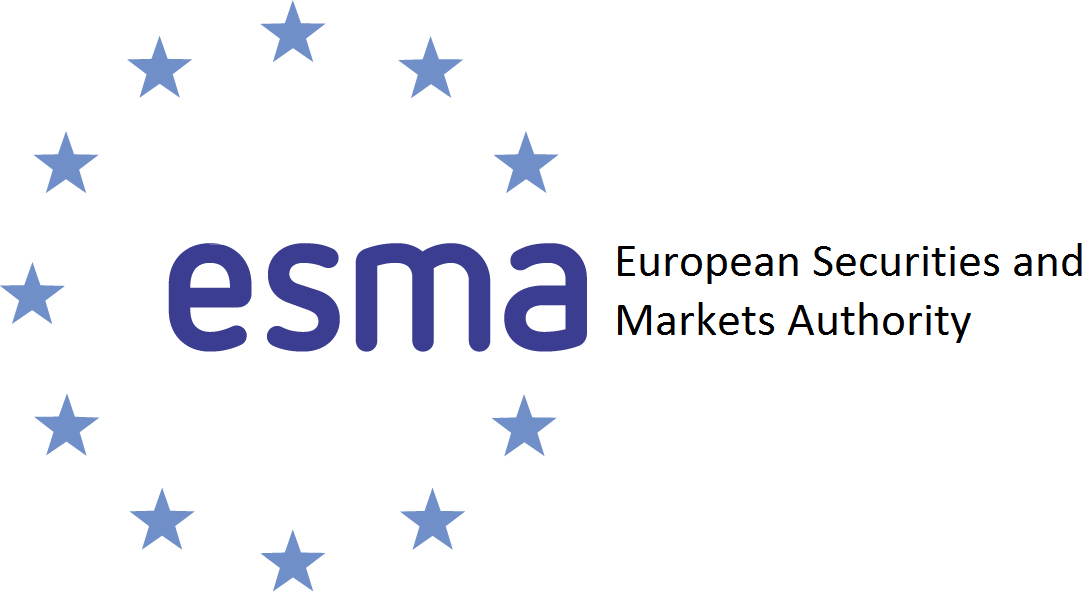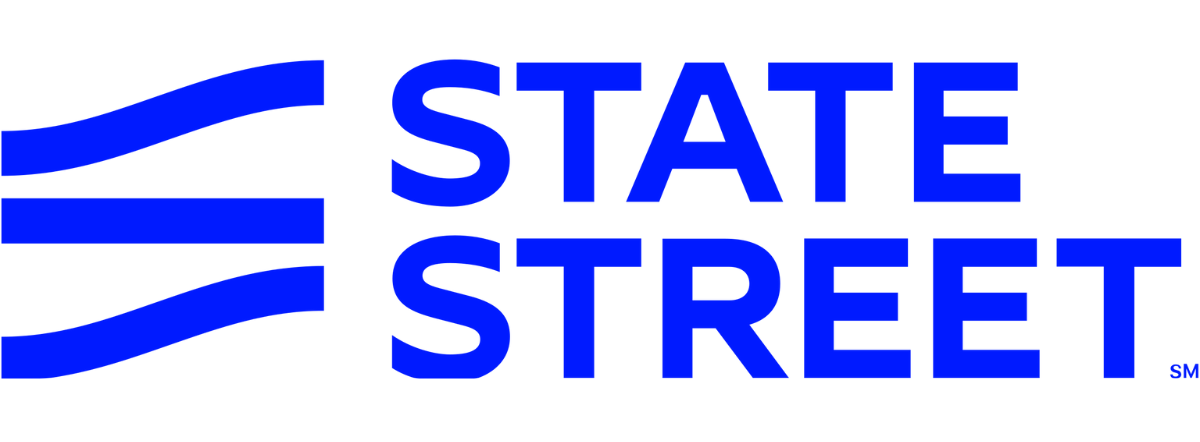Overnight interest rates accrued under the current T+1 creation model should be allocated “more effectively” to authorised participants (APs), industry experts have said.
The move could be one of “various global solutions” to the cost incurred by APs when creating a global basket of securities that settle on different timelines.
It comes after Flow Traders warned investors were “paying the price” by incurring the cost of wider bid-ask spreads due to inefficiencies in the T+1 creation process, calling for overnight interest rates to be partially passed back to the AP “to better address the allocation of costs”.
Currently, a global ETF will require the US portion of the basket to create on a T+1 basis while Asian securities create on T+2.
The ETF will often be long cash while they wait for the settlement of the Asian portion of the basket – allowing the fund to benefit from overnight interest rates – while APs incur a cost.
ETF issuers will often move the cash into money market funds overnight to benefit from higher interest rates.
However, one industry source told ETF Stream the allocation of interest to APs could be done more effectively, but noted Flow Traders estimated cost impact of 1.5-4.5 basis points (bps) was “over-egged”.
“We are looking at various global solutions, not just in Europe but also in the US, to try and optimise the primary market. One [solution] is allocating the interest rate more effectively to the creating/redeeming party,” the source said.
“The cost on a global basket is more like one bps per trade. Investors buying and selling may incur some financing charge, but investors who continue to hold the ETF continue to benefit.”
The issue has come to light following the launch of the European Securities Market Authority (ESMA) consultation on shortening the settlement cycle in Europe from T+2 to T+1.
The US regulator announced its intention to move to a T+1 settlement cycle by May while India migrated its markets to a T+1 settlement cycle in January 2023.
Ciaran Fitzpatrick, head of ETF solutions for Europe at State Street, said the move to T+1 in the US will likely exacerbate the issue for APs, which will be required to provide funding on T+1 to settle the ETF leg of the order.
“While there may be a portion of interest earned on the long cash balance as the non-US market securities have not settled, that is a consequence of having a global portfolio,” he said.
“Ultimately the fund needs to be protected from an overdraft scenario to remove the risk of additional charges and performance impact. The key should be to efficiently settle the ETF order while also protecting the fund, understanding that there are increasing interest rates to consider.”
Same day creations
Flow Traders also recommended moving to a same-day creation model (T+0) for global funds to lay the foundation for the T+1 settlement cycle in Europe.
The Dutch market maker said failure to do so would “significantly increase” the number of failed settlements in the market and increase funding requirements for APs.
The proposed model would see same day creations on European and US proportions of the basket, with Asia executing on a T+1 creation cycle, meaning settlement could then occur on a T+1 basis.
However, Fitzpatrick believes this undermines the structure of primary market dealing models for global ETFs, which are “driven by the requirement for the creations and redemptions to be priced at the trade date NAV of the fund”.
“Given the dealing cut-off for global ETFs is typically in the European afternoon, it is not possible to trade Asian exposures of the basket until the following day,” he said.
“Trading the underlying exposures on different trade dates would potentially lead to wider slippage on the cost of the deal as the trading would not be aligned to the NAV valuation. This would lead to wider costs to the AP and ultimately the end investor.”
As part of the consultation, ESMA also asked market participants to consider the impact of eventually moving to a T+0 settlement cycle.
It is widely thought the move would drive more efficient use of capital across markets by reducing credit, market and liquidity risks. ESMA said it hopes to publish its final report in Q4.





